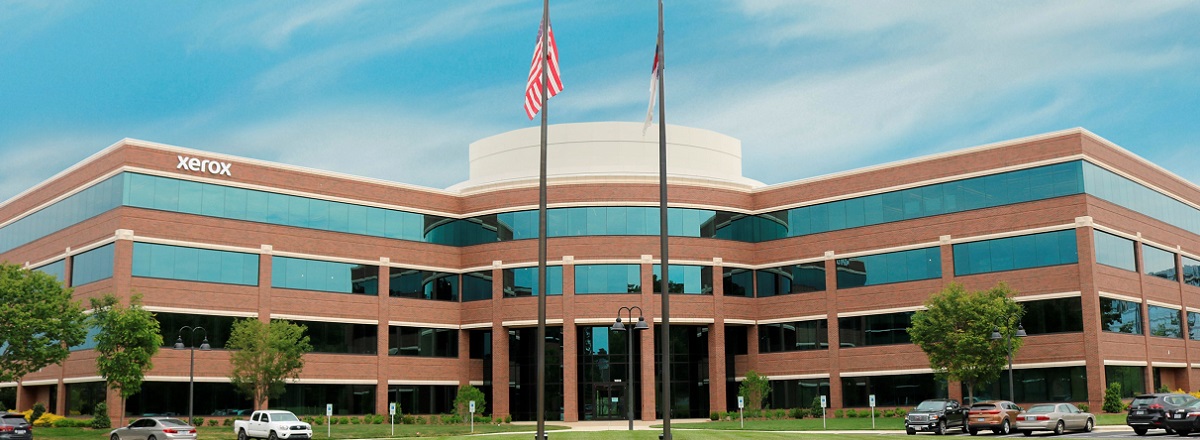
Innovazione Xerox

North Carolina Center of Excellence
I nostri centri per l’innovazione

Favorire la sostenibilità aziendale
Trasformiamo gli investimenti nel campo dell’innovazione in prodotti e servizi che aiutano i nostri clienti a essere più produttivi, profittevoli e sostenibili.